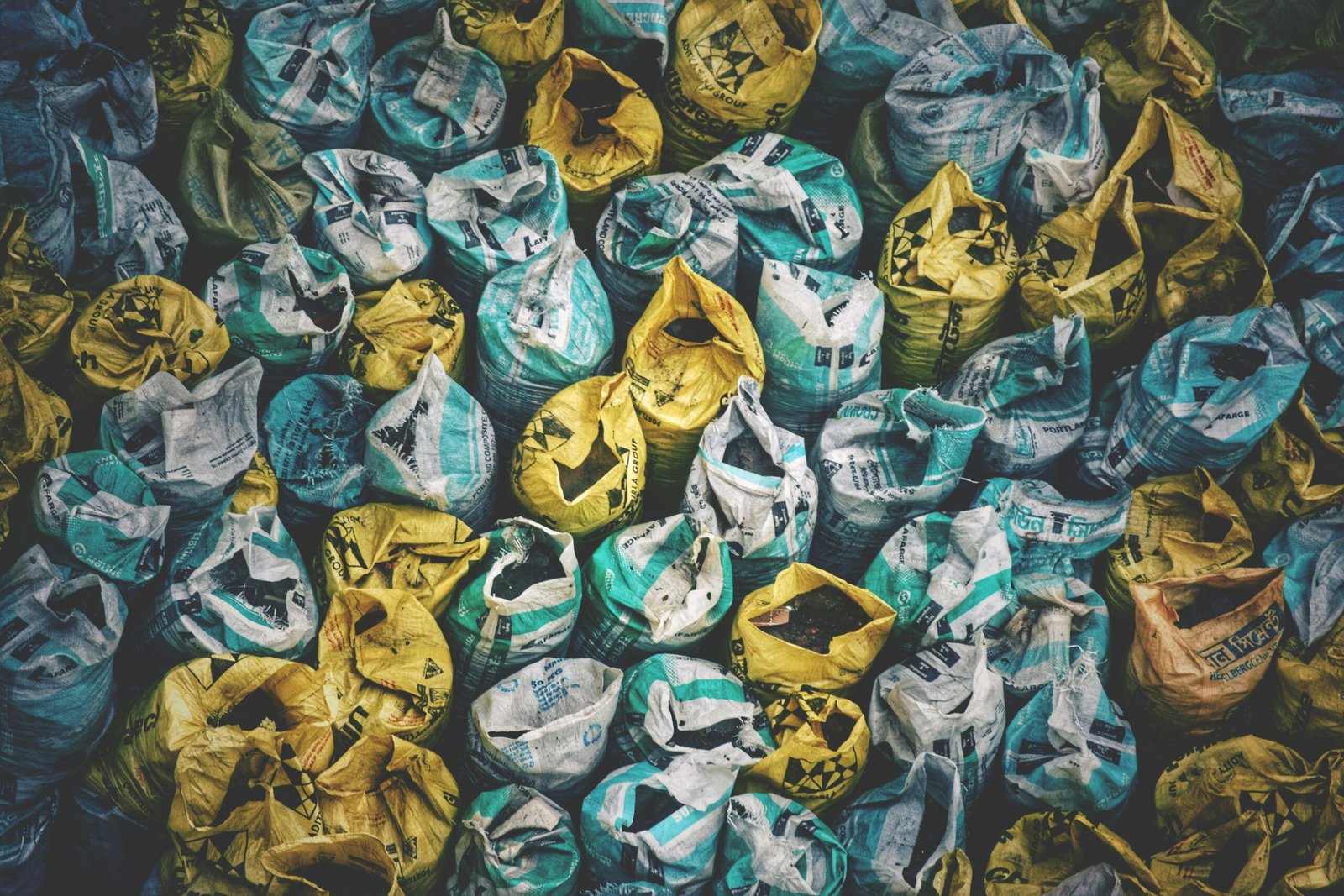WhatsApp: +86 15800280807
Free delivery when you spend over $75
Easy online shopping process
Up to 90% OFF Storewide
Of course. This is a fascinating and complex topic that touches on economics, ethics, psychology, and personal values. Let’s break down the key differences between luxury replica goods and authentic brands.
| Aspect | Authentic Luxury Brands | Luxury Replicas (Counterfeits) |
|---|---|---|
| Price | Very High (covers brand heritage, quality, marketing) | Very Low (covers materials and manufacturing only) |
| Quality & Craftsmanship | High-quality materials, expert craftsmanship, attention to detail. | Highly variable; often poor materials, sloppy stitching, faulty hardware. |
| Investment & Value | Often retain or increase in value (esp. limited editions, classics). | Zero resale value. Depreciates to zero immediately. |
| Ethical & Legal Implications | Legal to produce and sell. | Illegal to produce and sell. Often linked to organized crime and labor exploitation. |
| Brand Experience | Full experience: luxurious stores, packaging, customer service, aftercare. | No experience; typically sold online or in back-alley markets. |
| Psychological Impact | Sense of achievement, pride of ownership, status (can also be anxiety about damage). | Potential for embarrassment if called out, “imposter syndrome,” or short-term thrill. |
| Sustainability | Varies greatly; some brands are improving practices. | Almost universally poor; wasteful, non-biodegradable materials, no oversight. |
Authentic: You are paying for decades, sometimes centuries, of expertise. A Hermès bag involves hours of hand-stitching by a master artisan. A Rolex watch contains a meticulously engineered movement built to last generations. The leather, canvas, metals, and fabrics are of the highest grade.
Replica: The goal is visual mimicry at the lowest cost. This means pleather instead of calfskin, brass instead of gold plating, cheap glue instead of stitching, and flimsy linings. While “high-quality replicas” (often called “super fakes”) exist and can be convincing, they almost never use equivalent materials or construction techniques, and their longevity is severely compromised.
Authentic: The price tag is not just for the product. It includes:
The cost of exquisite materials and skilled labor.
Extensive marketing campaigns, celebrity endorsements, and lavish fashion shows.
Research, development, and design of new styles.
The upkeep of beautiful flagship stores and trained sales associates.
The brand heritage itself—you are buying a piece of a story.
Replica: You are paying only for the physical materials and the risk the manufacturer and seller take. The price reflects the avoidance of all the costs associated with a real brand.
This is one of the most significant differentiators.
Authentic: Operating legally, paying taxes, and (ideally) providing fair wages and safe working conditions for their employees.
Replica: The counterfeit industry is largely run by organized criminal syndicates. The same networks that traffic in counterfeit goods are often involved in far more sinister operations, including drug trafficking, money laundering, and human rights abuses (child labor, forced labor in unsafe conditions). Purchasing a replica inadvertently funds these activities.
Authentic: The purchase is an event. The unwrapping of the iconic orange box from Tiffany & Co. or the robin’s egg blue box from Hermès is part of the pleasure. There’s a sense of pride and accomplishment that comes with saving for and acquiring something truly luxurious. It’s an expression of personal style and success.
Replica: The purchase is often secretive and anonymous. For some, it provides a short-term thrill of “getting away with it” or owning the look without the cost. For others, it can lead to feelings of insecurity or “imposter syndrome,” especially if they are concerned about being “called out” by those who know the authentic product well.
Authentic: A well-kept luxury item can be a financial asset. Brands like Chanel, Rolex, and Hermès regularly increase their prices, making pre-owned items sometimes more valuable than their original retail price. Sites like The RealReal and Vestiaire Collective thrive on this secondary market.
Replica: A replica has absolutely no resale value. Once purchased, its value drops to zero. It is not an asset; it’s a consumable product with a very short lifespan.
This is a crucial third option for many consumers. The pre-owned market allows you to purchase authentic luxury items at a significant discount to retail prices. This can be a fantastic way to own the real thing, with all its benefits (quality, heritage, resale potential), without paying the full premium for a brand-new item.
The choice is deeply personal, but it’s important to make an informed choice.
Choose Authentic If:
You value superior quality, craftsmanship, and longevity.
You see the item as an investment or a potential heirloom.
The brand’s heritage and the entire purchasing experience matter to you.
You want to avoid supporting unethical and illegal practices.
You want the confidence that comes with owning the real thing.
A Replica Might Tempt You If:
Your only goal is the immediate aesthetic appearance for a one-time event.
The high cost of authentic is completely inaccessible to you, but you desire the style.
You are able to compartmentalize and are unconcerned with the ethical and legal ramifications.
However, given the significant downsides of replicas—especially their ethical baggage and poor longevity—many argue that if you cannot afford an authentic item, there are better alternatives than a fake:
Buy pre-owned authentic.
Invest in high-quality items from “accessible luxury” brands (e.g., Coach, Longchamp, A.P.C.).
Save up for the authentic piece you truly desire, making the eventual purchase even more rewarding.
Ultimately, an authentic product is an investment in quality, artistry, and ethics. A replica is a short-term rental of an image, with hidden costs that extend far beyond the price tag.



Lorem ipsum dolor sit amet, consectetur adipiscing elit, sed do eiusmod tempor incididunt ut labore et dolore magna aliqua.

One-stop buying luxury brand bags, shoes, belts, etc.
Your comments help us improve our website
© Copyright 2024, LuxuryReplicaStore.com
WhatsApp us